Loyola Marymount University – School of Film and Television Graduate Building
Los Angeles, California, United States
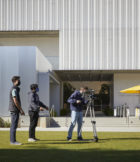
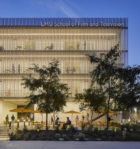
With a jewel-box-like theater, outdoor classrooms and social spaces, and industry-level production facilities, this undergraduate building makes an exuberant addition to the campus.
With all sectors of the global economy leveraging new communication platforms, Loyola Marymount University’s Media Studies programs are flourishing. This building enables the school to meet growing demand, with a four-story facility equipped for the industry’s latest production modes. The School of Film and Television (SFTV) hosts stop-motion, film, and animation studios, technical labs for post-production, flexible all-purpose classrooms, office spaces, and an 80-seat theater.

Through an exhaustive programming exercise, we evaluated the existing facilities’ suitability for long-term use and precisely determined the spatial needs. The resulting design creates spatial efficiency wherever possible with mobile furniture, storage, and all-purpose rooms, in addition to the carefully-considered specialty classrooms.
Centrally located on Alumni Mall, the primary walkway on campus, SFTV is envisioned as a lively social hub that celebrates student activity and enhances institutional identity. The building’s white metal and plaster exteriors complement the existing campus palette. A semi-transparent brise-soleil veils the building’s facade, revealing and exhibiting the activity behind the screen.

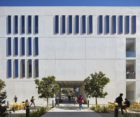
The theater, which hosts screenings and community events, is clad in matte metallic panels that are lit from below for a dramatic effect. Bright, yellow furnishings accentuate the social spaces in the courtyards, and on the theater’s rooftop.

The architecture minimizes energy use by designing for the Los Angeles climate. The courtyards and rooftop are designed to function as outdoor classrooms, and the entire eastern side of the building is covered by a brise-soleil. Shaded by this perforated, pleated screen, the east elevation hosts 9,500 square feet of cantilevered floor space with cafe-style seating. By placing all circulation and lounge space on the exterior of the building, the design reduces the space requiring air distribution by 40 percent, yielding exceptionally low HVAC demand.
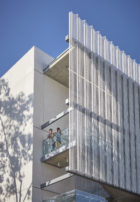
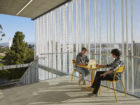
The SFTV is primarily a place for creative production, which means that highly-controlled lighting was a design requirement. This presented particular opportunities for energy efficiency: spaces with low-lighting and few windows were desirable features.
The lighting strategy reduced the building’s Light Power Density (LPD) to 0.57 watts per square foot, which is nearly half of the already-low California regulatory maximum. These reductions yield approximately 18,000 kWh/year of energy savings against the ASHRAE Baseline for the building.
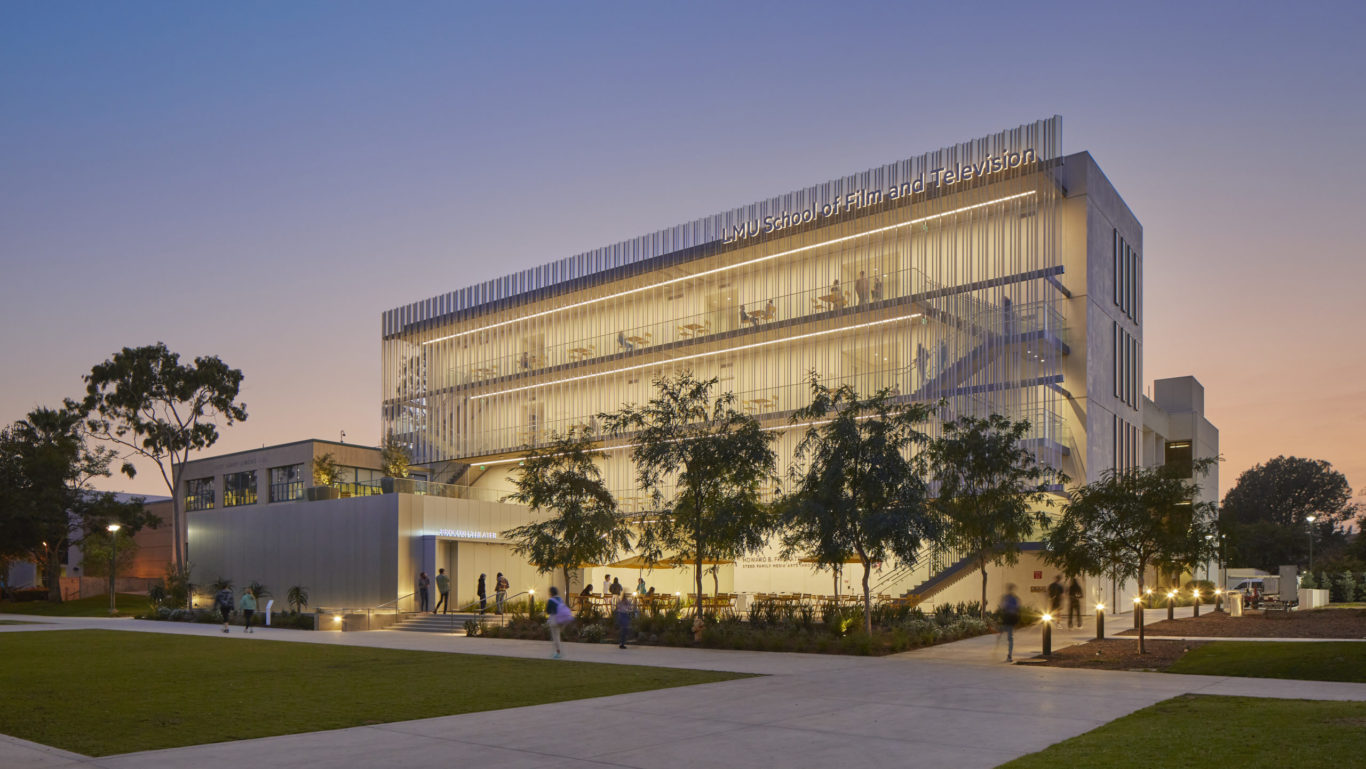
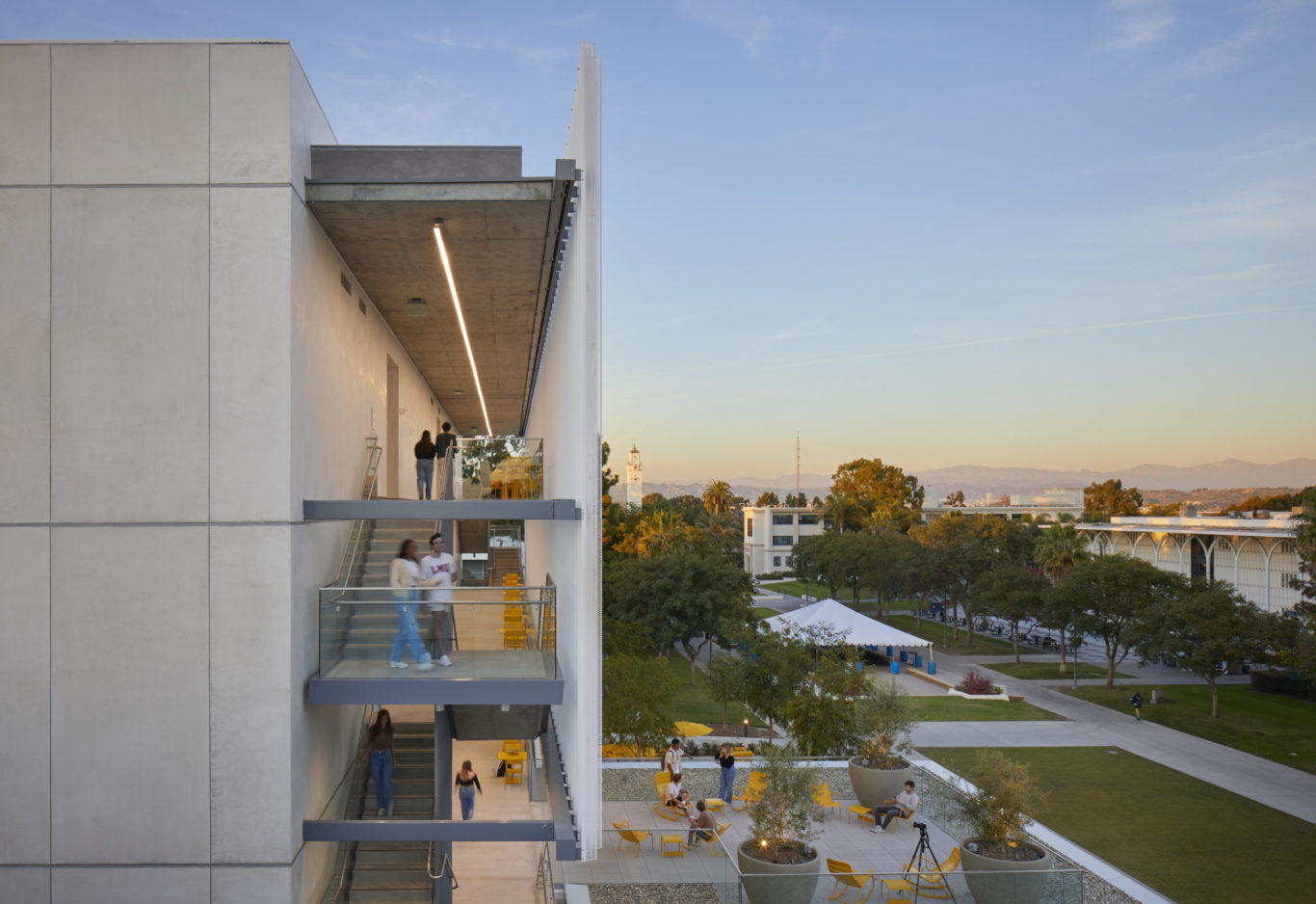
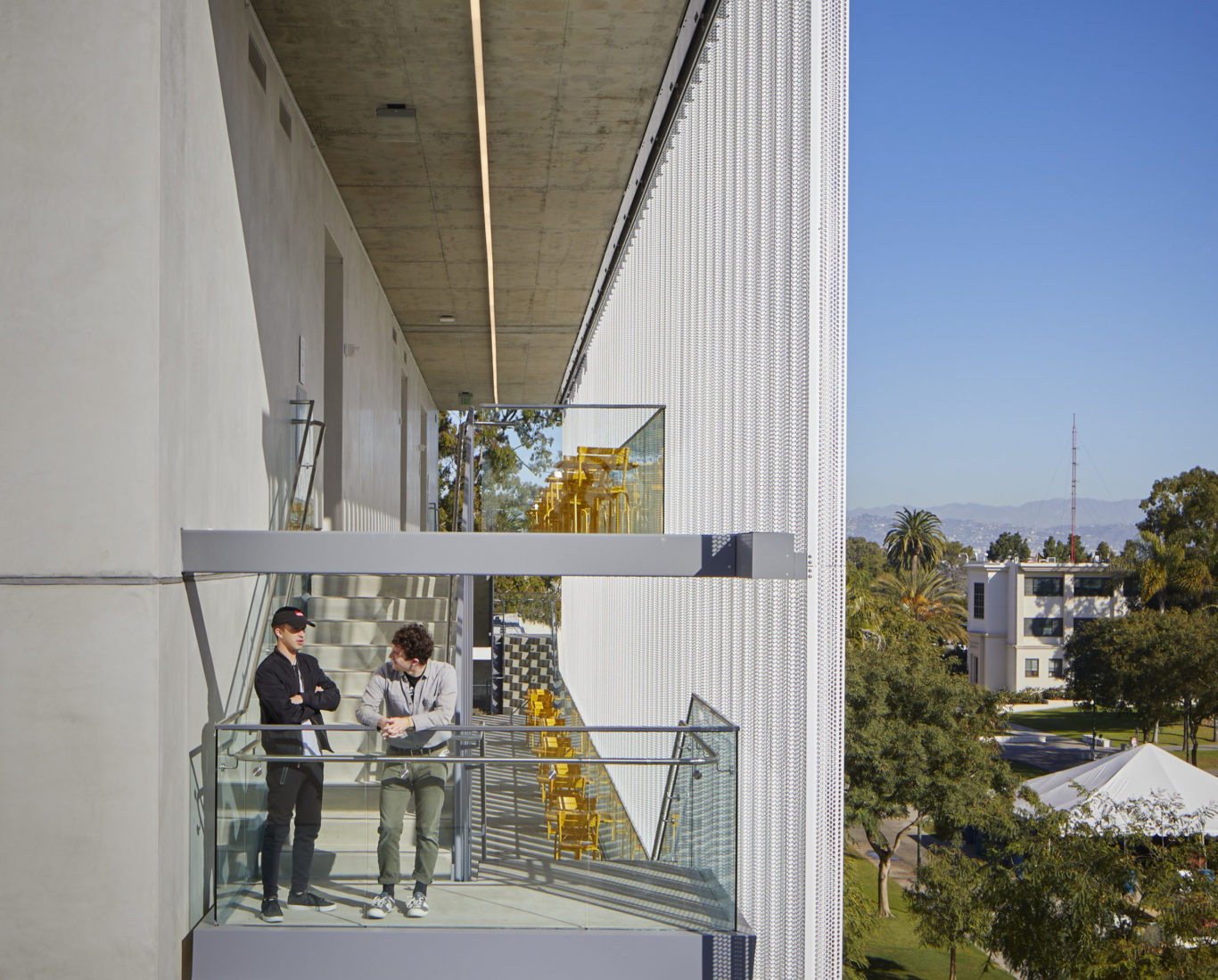
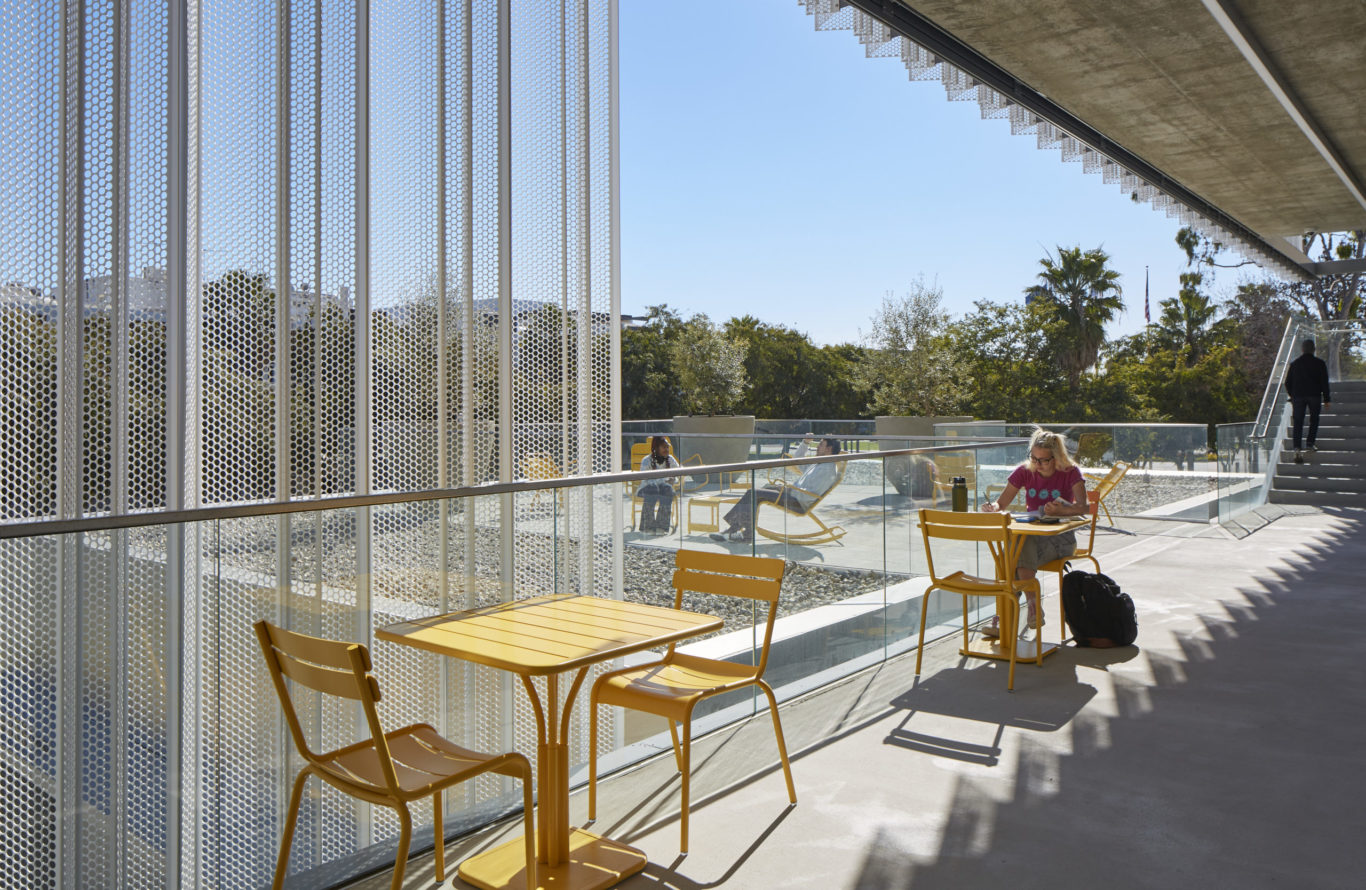
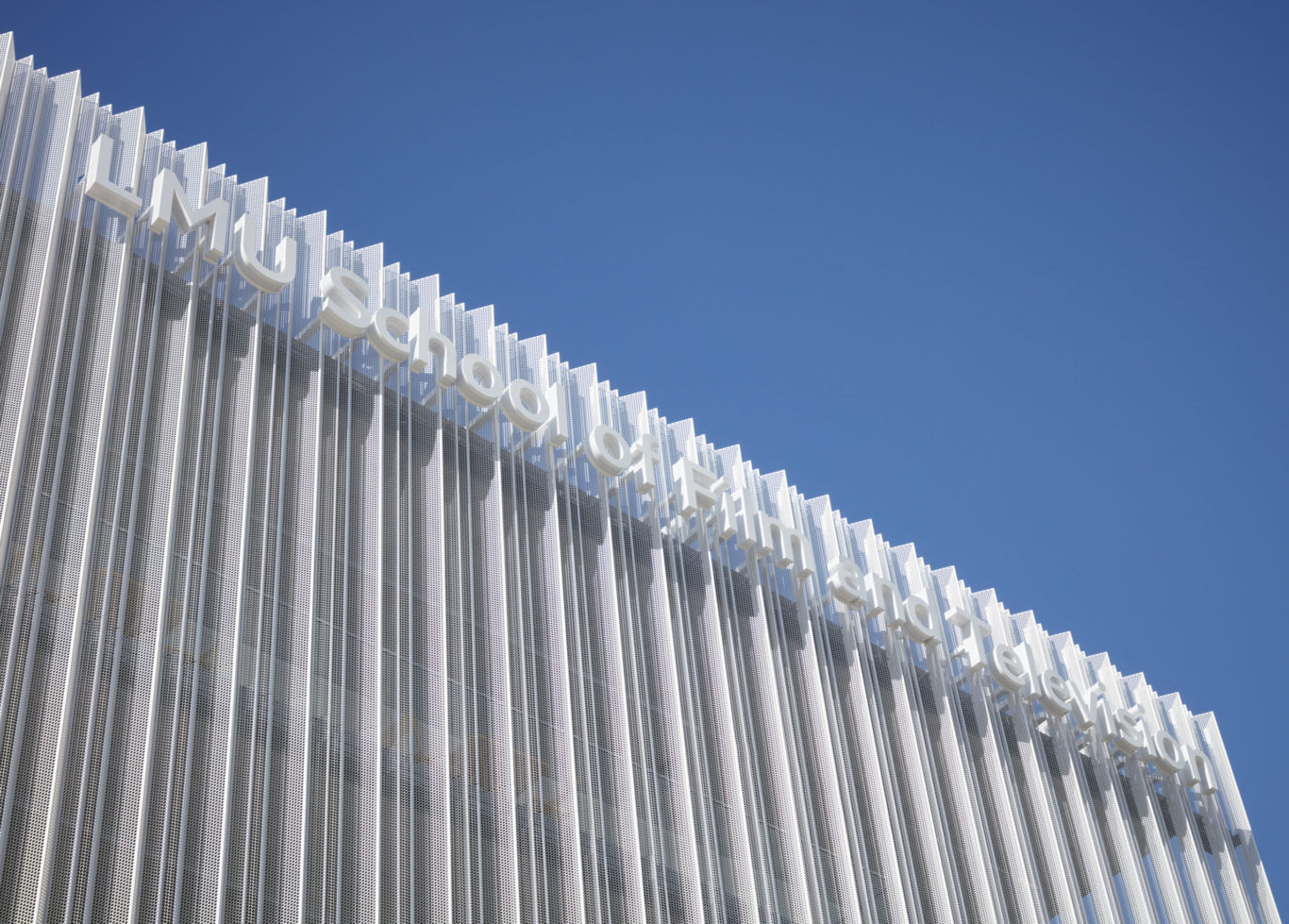
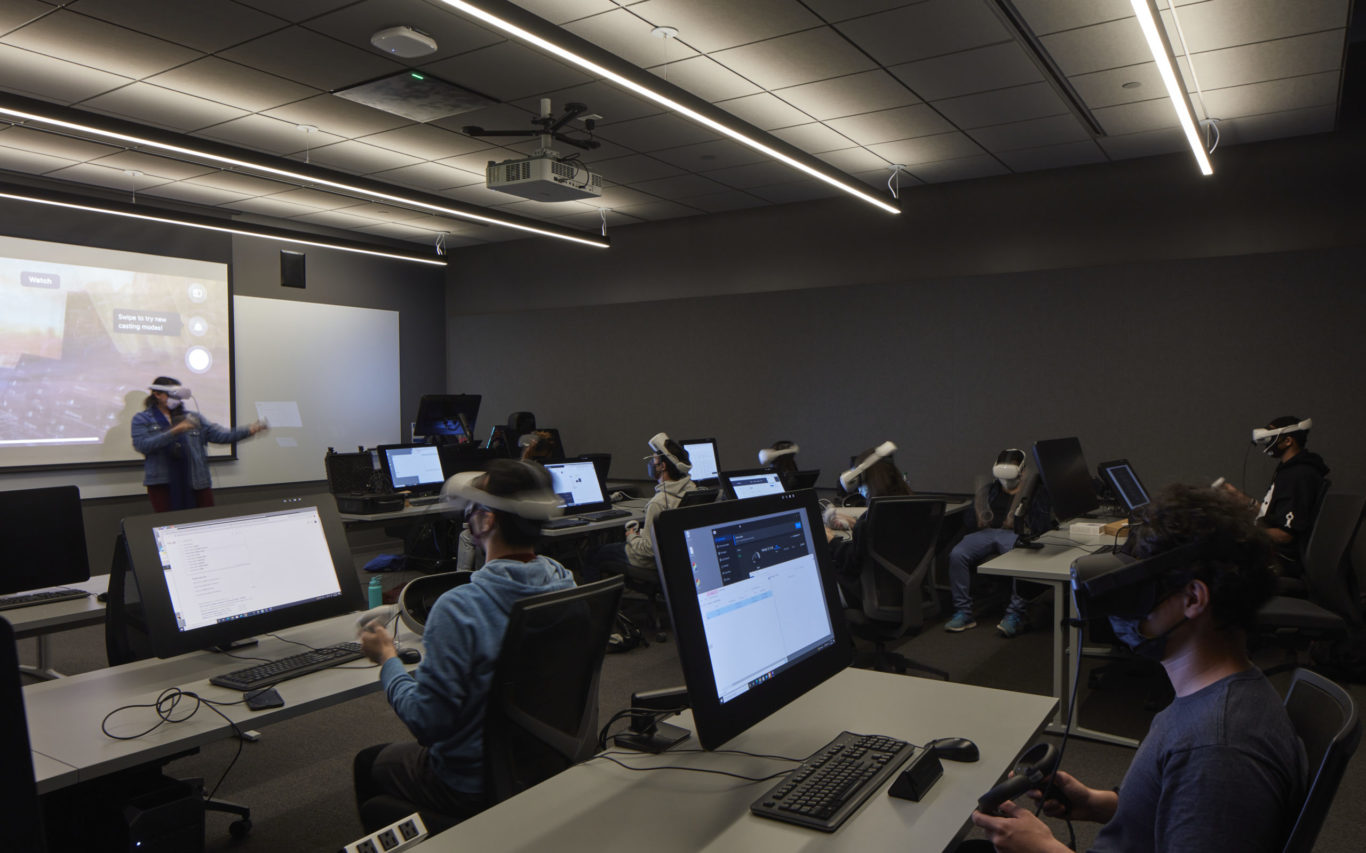
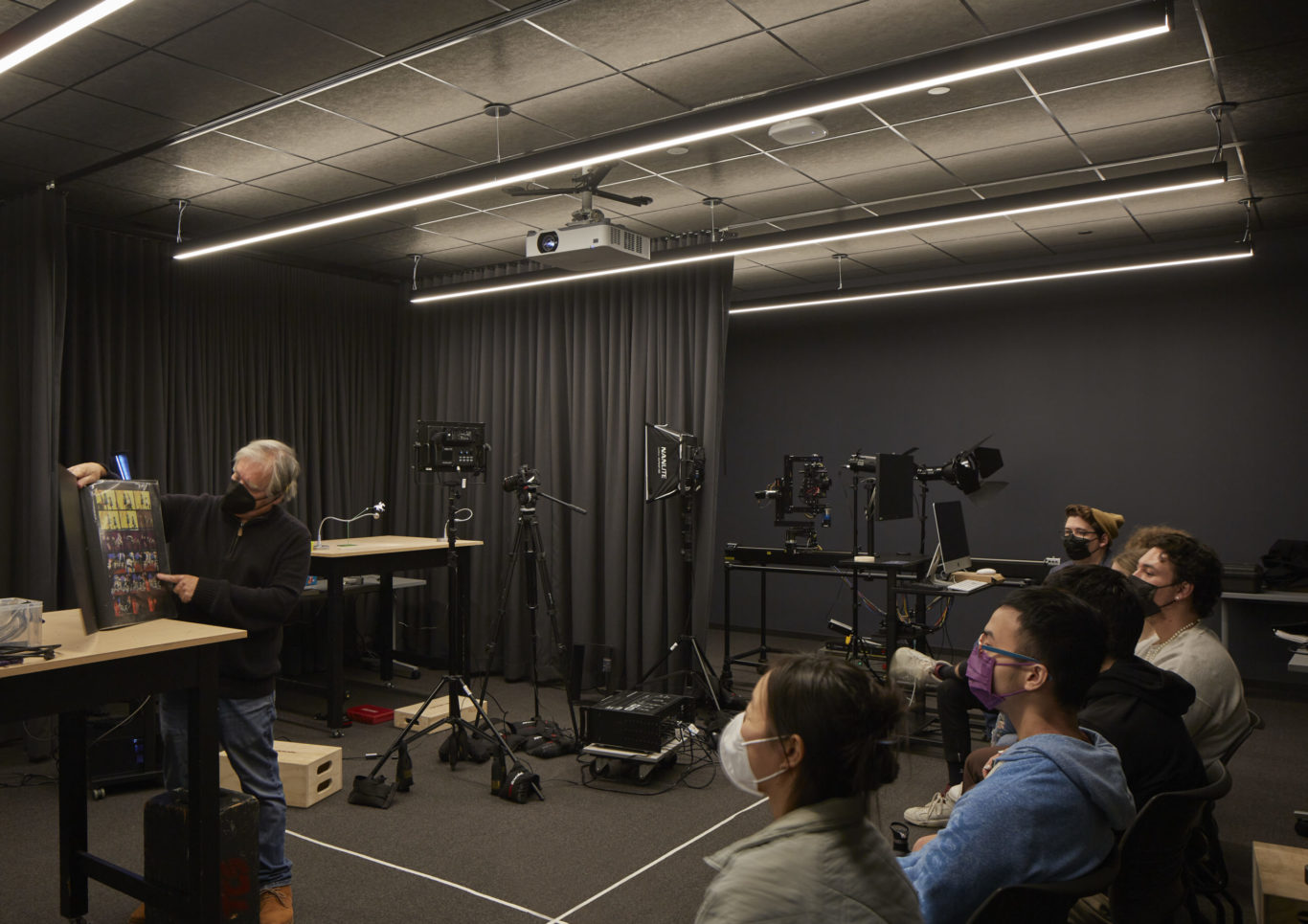
Los Angeles, California, United States
Los Angeles, California, United States
Urbana, Illinois, United States
01/